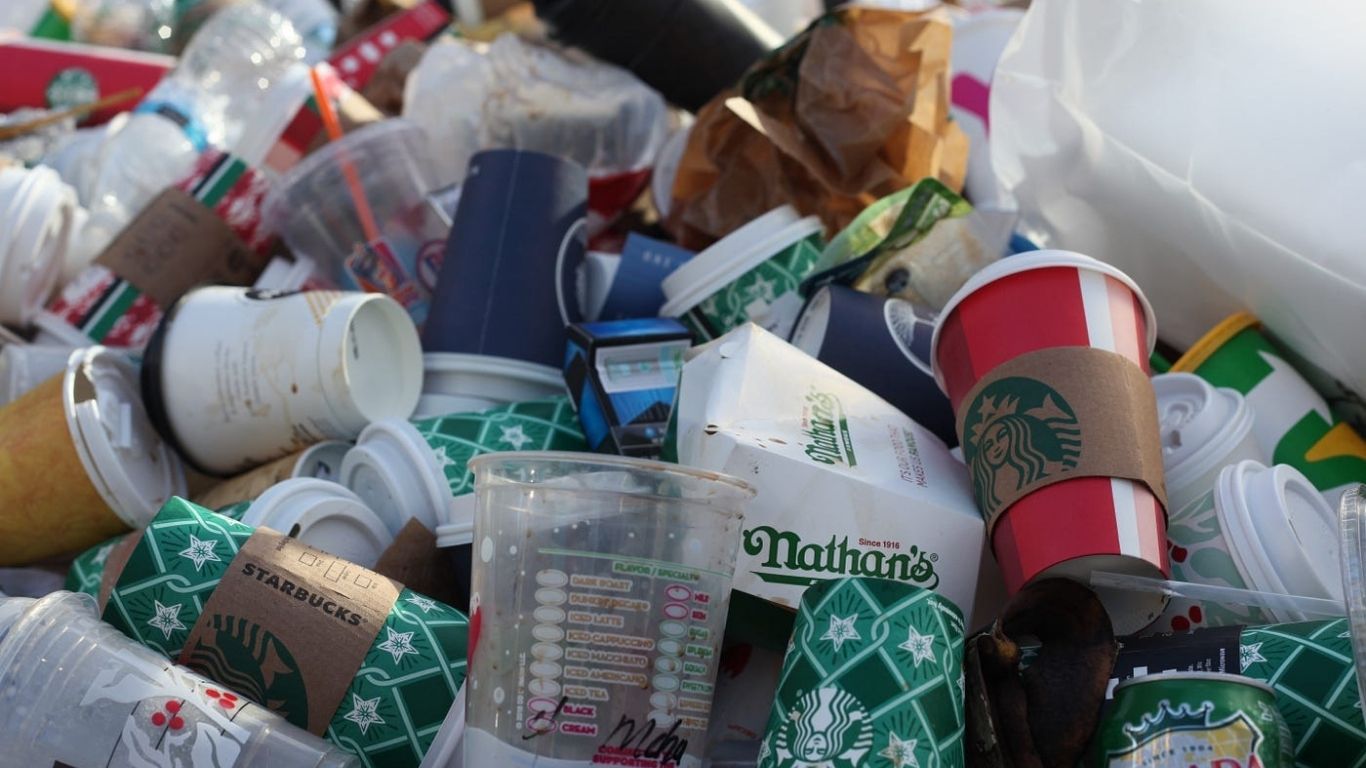Let’s be honest for a moment. All of us have probably heard something about microplastics in the ocean or how they are killing off marine life. But what many of us may not know is that these plastic particles are not only an ecological concern. They are in our homes, in our food, in our water, and even in our bodies. Yes, just that. Microplastics have already been found in the blood, lungs, and placentas of foetal children. It sounds like science fiction, but it is real and it is happening now. The good news is that although we cannot get rid of microplastics, we can limit our exposure to them and campaign for a cleaner world. Let’s learn about what microplastics are, where they come from, why they matter, and what each of us can do about them.
What Are Microplastics, Really?
Microplastics refer to small fragments of plastic, less than five millimetres in size. They are formed from large items of plastic that break down slowly, like water bottles, plastic bags, packaging materials, or man-made textiles. Microplastics are also intentionally manufactured, like microbeads in face exfoliating scrubs and toothpaste. Then there are particles called nanoplastics, which are even smaller again. These particles are so tiny they can enter our organs and bloodstream, potentially causing damage to our health in ways we are only just starting to understand.
How Microplastics Enter Our Bodies
It’s easier than we think. Microplastics enter our bodies in three main ways:
Breathing: Microplastics are breathed in when we inhale household dust, car tyre dust, and synthetic cloth. Indoor spaces often have more of them.
Drinking and eating: They have been found in drinking water, salt, seafood, and even in fruit and vegetables that absorb them from soil and water.
Contact with our skin: Some cosmetics and cleaning products contain plastic particles, and our clothes emit them too.
The short version? Microplastics are everywhere. And if we are not living in a bubble, we are ingesting them every day.
Are We Alarmed?
Scientists are still studying long-term effects, but early studies uncover a number of reasons for alarm. Microplastics may lead to:
Inflammation and cell damage
Hormonal disruption involving testosterone and estrogen
Changes to our gut microbiome, affecting digestion and immune system
Reduced fertility, according to animal studies
Even potential effects on brain and heart function
As a matter of fact, plastic particles have been found in human hearts recently. This means these particles do not just pass through our bodies. They may stay, build up, and even damage us over time.
What Can We Do to Protect Ourselves?
We cannot avoid microplastics completely, but we can reduce the extent to which we are being exposed. Here are some simple steps which can be very effective:
Drink filtered water
Tap and bottled water are loaded with microplastics. A good water filter can significantly reduce what we ingest.
Don’t microwave plastic
Microwaving plastic containers causes them to release even more microplastics. Reheat in glass or ceramics.
Wear natural fabrics
Cotton, wool, and linen clothing release much fewer microplastic fibers than polyester or nylon. Natural fibers also feel softer and last longer.
Use laundry filters or bags
Synthetic washing releases thousands of plastic fibres into our water system. Laundry bags with built-in filters or laundry filters can trap them before they escape.
Eat more whole food
Packaged and processed foods often come into contact with plastic during packaging and manufacturing. Eating more whole, fresh foods is healthier for our bodies as well as for reducing plastic intake.
Choose safer personal care products
Look for microbeads, glitter, or any product whose name begins with “poly” on the ingredient list. These probably contain plastic.
The plastic problem may seem overwhelming, but we are not powerless. Scientists are creating new technologies, from filters within machines to remove microplastics to sponges that absorb microplastics. Governments are starting to act too. Microbeads have already been prohibited in most nations, and ideas for washers with built-in filters are being proposed. The most important power, though, is public awareness. The more we know what is going on, the better we can pressure companies and policymakers to make decisions that are in our best interests.
Final Thoughts
Microplastics are here in our world now, and even though we cannot turn back time and erase decades of plastic use, we can continue forward with a little awareness and a little wiser. We can make a few small changes in our homes, our diets, and our lives, and not only protect our own health. We are helping to build a cleaner, safer world for all of us. Because sometimes the biggest problems start with the smallest things.




